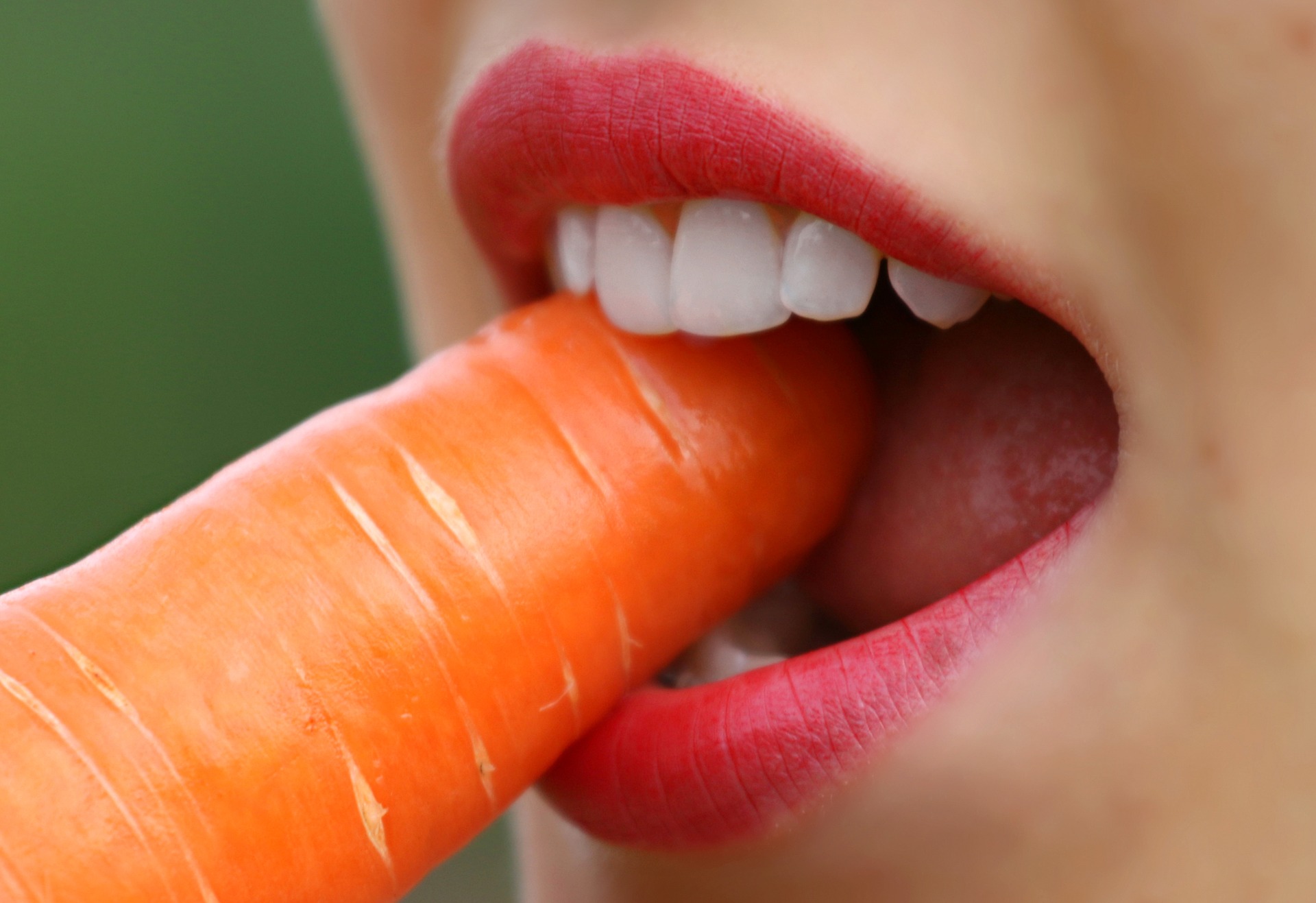Do you know what your teeth really do? How each tooth is a specialised powerhouse designed for a specific purpose, allowing us to eat the rich variety of foods we do? Probably not.
Our teeth tend to be something we take for granted until the day they hurt. However, without our teeth, our digestion, well-being and even our immune system would struggle to do their jobs. We wouldn’t be able to talk and communicate well, either, the very thing that makes humans unique. Each tooth in our mouth has a special job to do, and a specific design to match.
Today Vitality walks you through the basics you ought to know about your precious teeth, what they do- and how best to care for them.
What teeth types do we start out with?
As everyone knows, children don’t start their lives with a full set of teeth. This allows them to learn to latch to their mother’s breast properly without the possibility of uncomfortable accidents. They will then slowly grow in a full set of primary [baby] teeth, beginning to teethe from around 6-months and taking about two years, only to lose them as they mature and are replaced with their permanent [adult] at about 6 to 12 years of age.
We’re all familiar with this rite of passage, but let’s take a slightly closer look. Have you ever noticed that the baby’s teeth tend to erupt symmetrically? So teeth will often be matched left and right as they develop, coming through in a specific pattern based on the functions of the teeth. Of course, a lot has already happened in the little one’s jaw long before this point-in fact; tooth development began around mum’s 4th month of pregnancy! As the crown slowly rises through the gums, the roots continue to develop over a long period. Funny as it may seem to think about, baby is born with their permanent teeth already in the jaw, below the primary teeth.
Wait, what do you mean by crown?
A tooth isn’t simply a chip of enamel in the mouth. No matter the tooth type, every tooth shares some basic parts you should be familiar with to better understand your own oral hygiene. The ‘crown’ of the tooth is what we can see, and it’s followed by the root, which holds the tooth in the jaw and should never be visible. Every tooth in your mouth has these specific parts, regardless of the function or shape of the tooth:
- Enamel: This is the visible covering of the tooth. Much harder than bone, it is a protective ‘shell’ to keep the tooth safe and let it do its job.
- Dentin: While this next tooth layer may look like bone, it isn’t. It isn’t as hard as enamel, which is why it’s important to prevent damage to your enamel which exposes the dentin.
- Cementum: Sounds a little like cement, doesn’t it? This tissue, which coats the delicate root, does act like cement in the jaw, helping anchor the root to the jaw bone. It’s should be covered by bone, but can be exposed by gum disease.
- Pulp: Pulp is the ‘core’ of your tooth, a sensitive collection of tissue, nerve and blood vessels that help provide the tooth with nutrients and blood. Toothache happens when the pulp is breached.
So, what is the function of my teeth?
Your teeth help you chew your food, making it easier to digest and use by the body. It’s because of our many different types of teeth that man can eat an omnivorous diet, featuring both plants and meat, and each type of tooth has its own special role to fulfil in your diet.
What are the names of the teeth? What do they do?
Incisors: The teeth you see when you flash your smile are known as the incisors. You have four in each jaw [upper/lower] and these are usually the very first teeth you will get as a child. Those notorious gaps in the front teeth of 6 year olds are the missing incisors waiting for their adult set to grow in. Incisors have their flat, thin shape to aid with grasping and tearing food, especially meat, and ‘cutting’ your food.
While no tooth is totally safe from breakages or cavities, you are more likely to chip, crack or physically break your incisors due to their prominent position forward in the mouth and their thin design then with other teeth, and they are slightly less prone to cavity issues.
Canines: Your canines are your ‘fang’ teeth…the four teeth next to your incisors. Oddly enough, while the upper canines usually come in first as a baby, your lower canines will be the first adult set to erupt, around about 9 years of age, and you won’t get the upper set until two years later. Canines have a wedge shape that makes them perfect for tearing meat into bite sized pieces and crushing it to chew. They can also break or crack more easily than molars.
Premolars: Properly known as the bicuspid teeth, these are critical to you chewing and grinding your food. They have a shape that lies between canine teeth and molars, allowing them to do a little of everything. Your baby teeth don’t actually have premolars [read up some more about molars below], but adults will get their first two at about 10 years old, with the next arriving a year later. You have two in the upper jaw, and two in the lower.
Molars: Your flat, square molar teeth are another critical part of being able to mash and grind food, especially veggies and plants. As a baby, you developed a set of ‘primary molars’ at about a year old, which gave way to the premolars when your adult teeth came in. Your permanent molars grow in behind these teeth, and don’t actually ‘replace’ any baby teeth- they’re only found in the permanent tooth set. You have four molars in each jaw, the first appearing before you lose your primary molars at around 6, and the rest coming in as a pre-teen. While all teeth are susceptible to decay and enamel damage from food accumulation on their surfaces, the flat nature of the molars and their surface indents leave them very susceptible to cavities.
Wisdom teeth: What we call our ‘wisdom teeth’ are actually one more set of molars, only developing in your late teens or twenties. Some may never even develop them! While these were once critical to us developing the ability to live throughout the world, and consume tough plants and grains, they’re more or less redundant in the modern human mouth. They often have to be removed, in fact, as our smaller jaw sizes mean they often have insufficient space to come through, or don’t erupt properly into the jaw [impaction].
There’s more to good oral care then just knowing the names of the teeth and the different teeth types. Understanding the functions of your teeth helps you take better care of them, though, as well as develop good oral habits that will help preserve your teeth and keep your oral cavity healthy, which in turn will help you be the very best you can be.


